Particularly special for us is the location of Avignon, situated directly on the Rohne River. This is a sure sign that our homeland, Switzerland, can no longer be extremely far away, since the Rohne rises in the Valais and meanders all the way to the Mediterranean. In the meantime, the Rohne – so close to its mouth – has reached a considerable width of several hundred meters and shows itself as a stately river. During our visit to Avignon, we learn two three interesting facts about the history of Avignon and its surroundings. The next sections illuminate the facts.
Papal Palace
The first interesting historical fact is obvious with the Papal Palace. In the 14th century, the Pope of the Roman Catholic Church was not based in Rome, but in Avignon. From this later developed the historical fact that between 1378 and 1417 there were officially two popes. Derived from this circumstance the papal palace, which characterizes the cityscape, has been preserved.
The feudal palace was one of the largest of its time and is still very impressive for us today. Inside there are large halls where audiences and ceremonies used to be held. During the tour we also pass an exciting kitchen room. The room is conically open at the top so that all the smoke from the open fires could escape at a height of at least 15 meters. Our tour continues through the vault and the magnificent palace garden. It is not very large, but beautifully maintained with many different plants and herbs. To complete our visit, a tablet of the museum accompanies us. On this tablet, the rooms become more animated and therefore more accessible. Today, as a museum, the palace is rather sparsely furnished. With the graphic impressions from the tablet, we can vividly imagine ourselves in the original furnishings.
Admission: 17.00€/adult, 9.50€/child incl. audio guide for combined ticket palace, garden and bridge.
01 March – 05 November: daily 9.00-19.00 hrs.
06 November – 22 December: daily 10.00-17.00 hrs.
23 December – 31 December: daily 10.00-18.00 hrs
> last entry 1 hour before closing time
Pont Saint-Bénézet
The Pont Saint-Bénézet bridge is only partially preserved today. Originally, the arched bridge connected the then Kingdom of France with the Papal State of Comtat Venaissin, or simply put, the then Pope’s seat. Thus, in the past times, the bridge played an important role as a transport hub and border control point. Finally, the forces of nature were too strong with several floods and gradually swept away large parts of the bridge. Therefore, only a small part of the originally about 915m of the bridge are preserved today.
During our visit it is windy and the further we walk on the bridge towards the middle of the river, the stronger the wind gets. Therefore, we only take a quick look at the landscape with the Palace of the Popes and the city of Avignon and then quickly move back to the old town, where the houses calm the wind a bit.
Jardin des Doms
A beautiful park is located right next to the Papal Palace on the hilltop. In glorious sunshine but still a lot of wind, we enjoy the little detour into the greenery and stop at a small bistro. Beautifully situated on a part we enjoy so a small afternoon snack – typical for France – a sweet crêpe.
The far view from the hill down over the Avignon bridge further along the Rohne northward tunes us even a little melancholic. There where the water of the Rohne comes from, back in Switzerland, we are bound for a small stopover before our further travel plans come into play. But done with the reveries. Avignon also still has a historic city center.
Old town of Avignon
In the old town of Avignon, we come across some small alleys. The Rue des Teinturiers leads directly along a water canal from the city wall straight into the center of Avignon. At the roadside there are many restaurants and bars – the area must be quite lively especially in the evening. Unfortunately, when we arrive in Avignon in the morning, there is not yet much activity in this alley. But that doesn’t matter, we enjoy the scenery with the canal and old water wheels even without much culinary distraction.
The old town of Avignon has many charming alleys and in the heart of the city, the cafes and restaurants are always well attended. Here it is also possible to pause for a coffee and watch the colorful hustle and bustle of the city.
We like Avignon, especially the omnipresent history of the city makes the stay inviting. During our visit, it also seems to us that the inhabitants of Avignon are very relaxed, almost more relaxed than the Spaniards with their siesta. Thus, we were well advised not to enter the city until noon. Life here definitely takes place just a little later in the day than elsewhere.


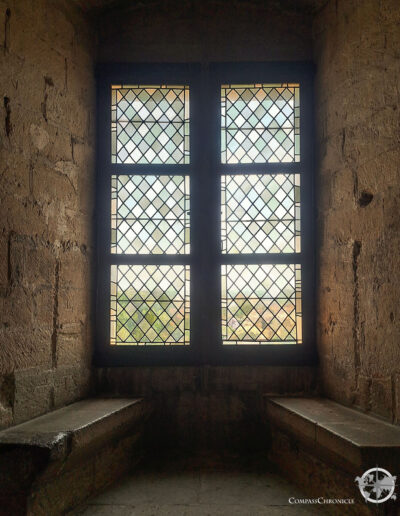
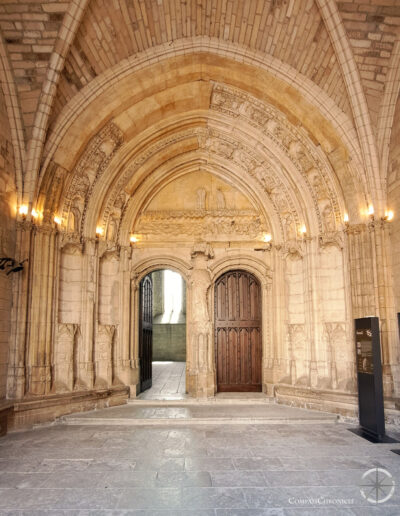
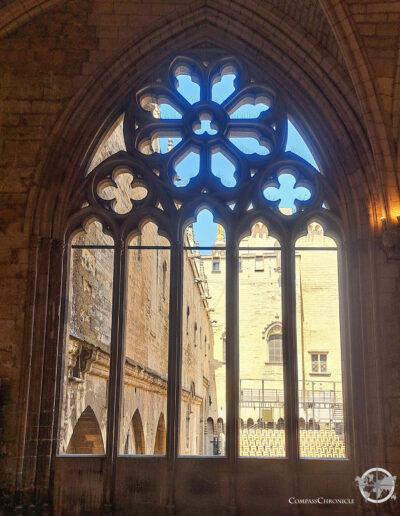
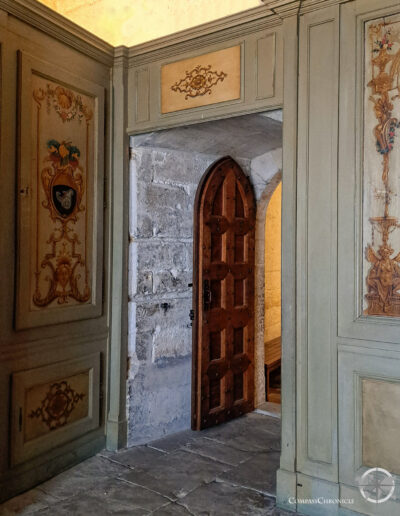
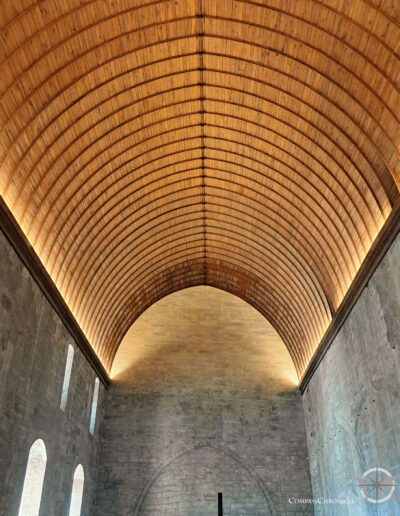
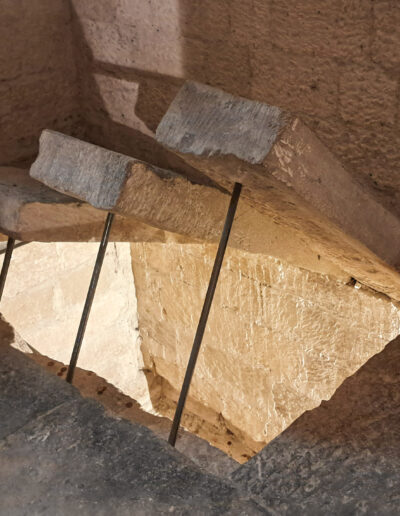


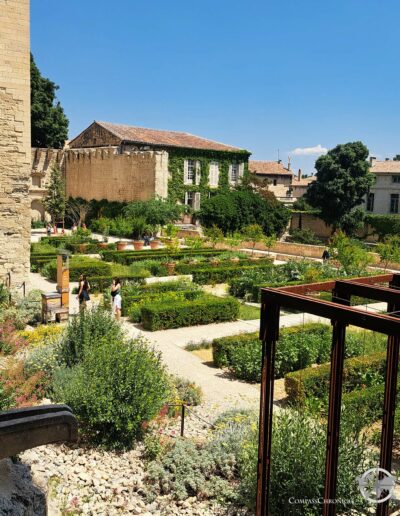



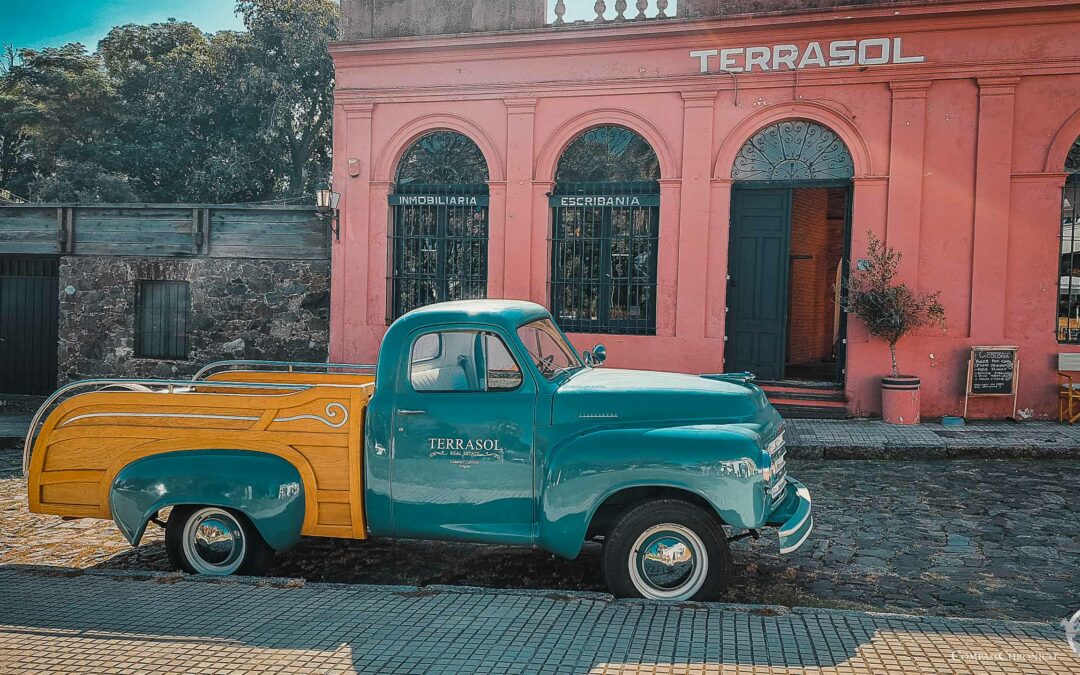


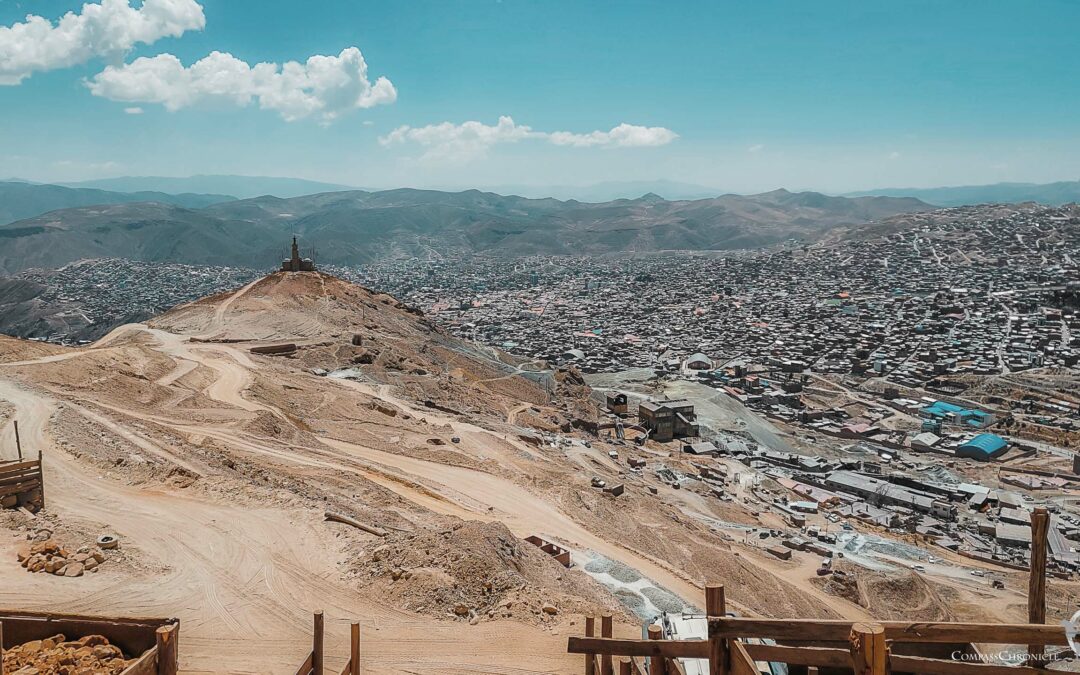

0 Comments